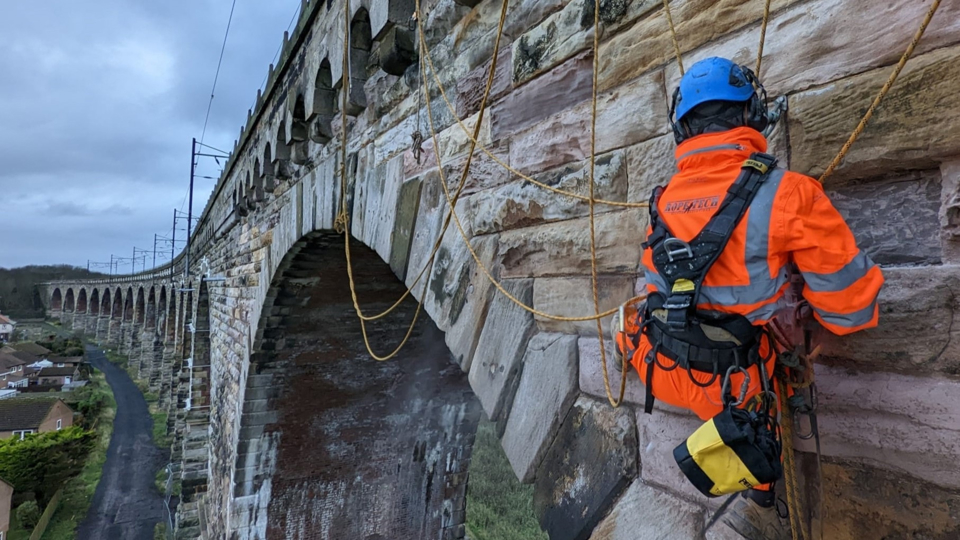Network Rail Eastern Region has outlined the framework of its Eastern Routes Partnership (ERP) which will be in place for the whole Control Period 7 (CP7).
The ERP tender process got underway last year with the region looking for fifteen partners to deliver approximately £3.5 billion of investment in CP7.
Network Rail Eastern Region has outlined the framework of its Eastern Routes Partnership (ERP) which will be in place for the whole Control Period 7 (CP7).
The ERP tender process got underway last year with the region looking for fifteen partners to deliver approximately £3.5 billion of investment in CP7.
The framework has been split into two parts;
- Generalist suppliers; Forming the core partnership, they will be responsible for delivering larger, more complex projects
- Specialist suppliers; Depending on the scope or scale of work, specialist partners have been included in the framework.
The ERP aims to streamline the processes needed to ensure engineering works take place and will remove the need for individual procurement processes to take place for projects. The partnership overseeing ERP will be consisted of NR as well as multiple engineering companies including Amey, Atkins Realis, AmcoGiffen, Keltbray, Morgan Sindall, Octavius, and Story.
The Eastern Region outlined how it aimed to manage renewals and upgrades across its network in its CP7 Delivery Plan, which it released last year. This includes significant track renewals, a new roof at Liverpool Street station and investment in key bridges across the region to ensure they can support Heavy Axle Weight.
It also intends to proceed with a £121 million drainage programme and just over £750 million on signalling which includes the Cambridge re-signalling and the ongoing ECML digital programme.
Jake Kelly, managing director for Eastern Region at Network Rail, said: “This launch is the culmination of two years of hard work to bring real innovation to our commercial delivery in CP7. The ERP framework is key to effectively maintaining our infrastructure to deliver a sustained improvement in train performance over the next five years.”
“It’s designed to strengthen our relationships with our supply chain partners, letting us utilise their skills and experience. ERP also lets us take a more collaborative approach by bringing our engineers, delivery teams and the suppliers together, earlier, to identify the minimum viable product.”
Login to continue reading
Or register with RAIL to keep up-to-date with the latest news, insight and opinion.



















Login to comment
Comments
No comments have been made yet.